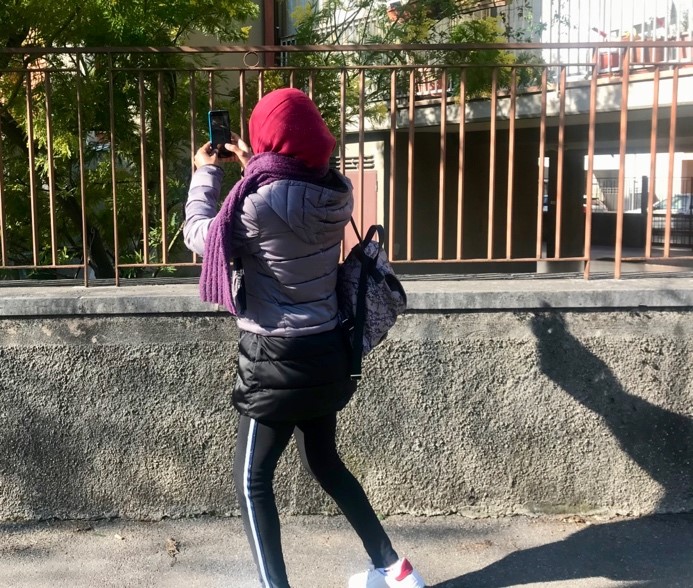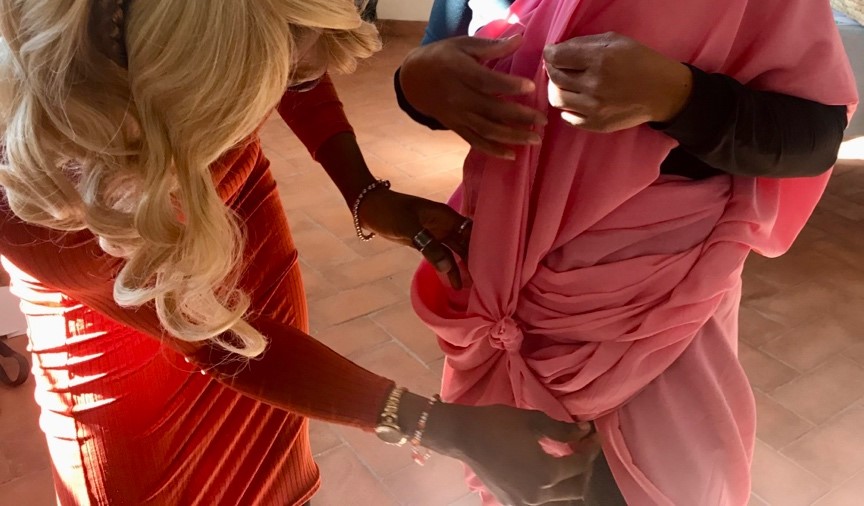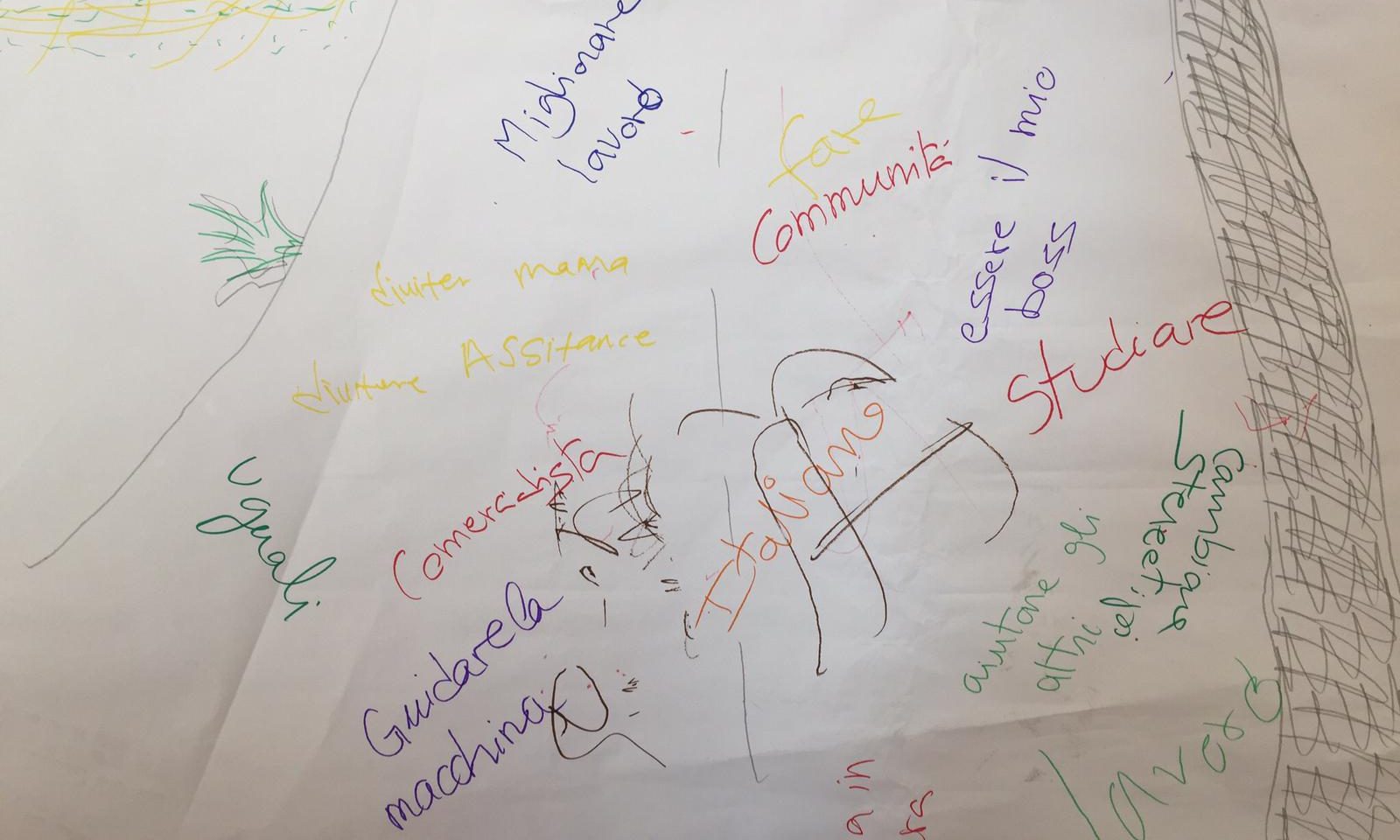Photovoice: telling stories that matter
Written by Prof. Yolanda Hernández-Albújar, Universidad Loyola Andalucìa
Since Caroline Wang and Mary Ann Burris established photovoice in their studies on rural women in China in the 90s, this technique has become a well-established qualitative tool for social action and empowerment. Photovoice represents a Participatory Action Research methodology in which participants generate and share images to highlight the experiences, interests, and circumstances that most matter in their daily life. The aim is to put participants and their tales at the center of the research in order to elaborate collective understandings of the problems and concerns that most affect them. Moreover, this technique allows participants to generate not only a community of people sharing similar experiences, but also to actively reflect on possible actions and solutions to their problems.
When I was proposed to work in the CRISALIS project, I was excited to get to know an organization that truly believes that integration of vulnerable people through work only is not enough. Rather, they understand that caring for people in all aspects of their life is an essential part of integration that cannot be ignored. From this perspective, employment becomes a medium that needs to be supported through other practices in which the voices and needs of employees are listened and included.

I arrived in Verona to work with six amazing women who had experienced the drama of forced migration and who approached our first workshop on photovoice with curiosity and probably some hesitation, since they knew nothing about me or about photovoice. I admit that I was slightly anxious as well, mostly because photovoice is a dynamic process that always changes depending on the participants and what they have to say. Therefore, each workshop is unique and takes the shape and direction that the participants choose collectively. Photovoice as a tool cannot be taken for granted, it has a human component that makes the results to be always different and distinctive.

In the first day of the workshop, we introduced ourselves and talked about what photovoice is. I proposed to the participants to go for a walk, to observe the city around us with a sociological eye, paying attention to the surroundings, the people, the interactions observed on the street, and how we moved among them. As part of the activity, we had to take four pictures; the goal was to capture with our cellphones anything that could help to describe who are we. This sort of “sociological walking” as I call it, facilitated complicity among us. We were together deciding what streets to take, but each one processed the photographic walk differently.
Back in the room, each participant had to choose one out of the four photographs they took during our walk, in order to present it to the group. In this phase, what is in the picture becomes irrelevant as the important thing is the meaning that lays behind each image, and what this tells us about the person and her personal narrative. In this way, we learned that, for Q., to have a job is vital so she can help her family; for E., people have to be able to make their own path; for A., the memories of her journey to Europe were still very present, and that K. considers farming important because always guaranteed some food in her family, even during the darkest times. A. linked her picture to the importance of freedom and the right to eat. C. talked about her dreams of a quiet life.
The second day of the workshop we put all of our pictures together and elaborated a common narrative that we materialized by drawing a body to which we attached the images and their tales, as an embodied map of our stories. The important aspect of this step was that all of the participants could see part of their experiences reflected on the drawing, which was a co-constructed narrative. The discussions around the pictures were intense at times, emotional at others, with spontaneous laughs and difficult silences. But all of us listened respectfully and tried to relate the conversations to what each of us had to say. A key consideration here is that we were able to learn more about each other not because of the photographs, but because of the tales around them, and how we were able to connect them to our personal stories.

“Living every moment.”
“Together we can walk with the freedom to move on.”
During the two-day workshop, other activities helped to generate group cohesion and involvement. Inspired by participants´ experience in the textile sector, we used fabrics to explore our creativity by making improvised outfits. Sharing ideas, helping each other to dress up, and taking pictures of those fun moments allowed us to relax and have some fun.

I will be back to Verona to finish the three remaining parts of our workshop on photovoice. There, I left six wise women willing to teach all of us what integration mean to them and how to implement it. I am really looking forward to meeting them again.



